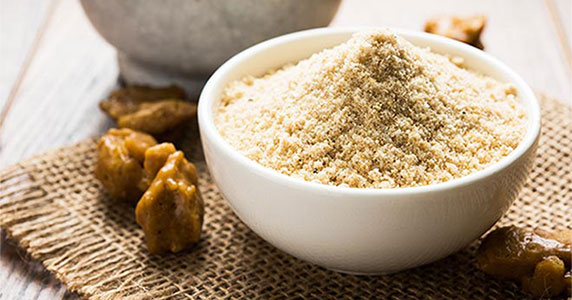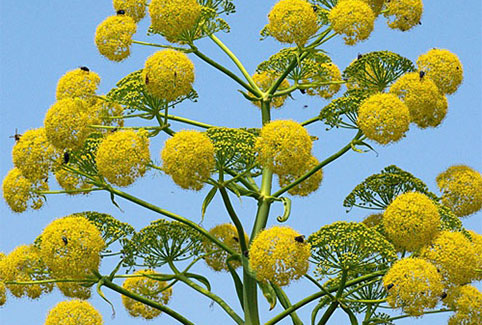 The mouth-watering aroma of Hingtadkathat originates from the Indian kitchen is invariably mesmerizing and appetizing. Those who’ve experienced it can swear by the taste of their food. But did you know that hing, or asafoetida as it is otherwise known, is a plant-product produced in the root of Ferula Asafoetida plant genus that is mostly grown in Afghanistan and Iran.
The mouth-watering aroma of Hingtadkathat originates from the Indian kitchen is invariably mesmerizing and appetizing. Those who’ve experienced it can swear by the taste of their food. But did you know that hing, or asafoetida as it is otherwise known, is a plant-product produced in the root of Ferula Asafoetida plant genus that is mostly grown in Afghanistan and Iran. The King Spice ‘Hing’ that is native to Afghanistan, though its cultivation has now spread to many of Afghanistan’s neighbouring countries like Iran, Uzbekistan.
The Origin of Hing
The earliest known reference to asafoetida comes from an ancient Sumerian medical recipe dating back to 2100 BCE. So it is hardly surprising that this resin figures prominently in the Ayurveda treatise – CharakaSamhita – compiled in circa 300 BCE. This herb is the major component in the famous Ayurvedic herbal formula Hingashtak, Sanskrit name is ‘Hing’.
Ferula asafoetida is an herbaceous, monoecious, perennial plant of the UMBELLIFERAE family. Asafoetida is native to central Asia, eastern Iran to Afghanistan, and today it is grown chiefly in Iran and Afghanistan, from where it is exported to the rest of the world. It is not native to India, but has been used in Indian medicine and cookery for ages.
Traditional Medicinal Uses and its Benefits
Asafoetida is an effective remedy for stomach aches. It is one of the best remedies available for flatulence and is an essential ingredient in making of most of the digestive powders. In case of flatulence and distension of the stomach, asafoetida should be dissolved in hot water and a pad of cloth steeped in it may be used for fomenting the abdomen.
Traditionally it is used for the treatment of various diseases, such as asthma, epilepsy, stomach-ache, flatulence, intestinal parasites, weak digestion and influenza. Recent studies including pharmacological and biological have also shown that asafoetida possess several activities, such as antioxidant, antiviral, antifungal, cancer chemo-preventive, anti-diabetic, antispasmodic, hypotensive and molluscicidal.
Hing is pungent and bitter in taste and light, sharp, sycophantic and hot in effect. Ayurvedic texts have categorized hing as deepniya and sanjna-sthapaka (an appetiser and a restorer of consciousness). The herb is also used as an antidote of opium. Given in the same quantity as opium ingested by the patient, it will counteract the effect of the drug.
The herb is considered useful in the treatment of several problems concerning women such as sterility, unwanted abortion, pre-mature labor, unusually painful, difficult and excessive menstruation and leucorrhoea. Asafoetida is also useful for women after childbirth. Owing to its antiflatulent and digestive properties, the herb can be taken with beneficial results during the post-delivery period. It also has phenolic acid, ferulic acid, and tannins which regulate the blood sugar level. Other benefits of Hing include remedy for intestinal gas, bloating and cramps during the menstrual cycle, and mucous discharge.
Asafoetida has been held in great esteem among indigenous medicines from the earliest times in India. It is reputed as a drug that helps expels wind from the stomach and counteracts any spasmodic disorders. It is also a nervine (pertaining to nerve) stimulant, digestive agent and a sedative.
Asafoetida has also been used as a sedative. It also thins the blood and lowers blood pressure. It is widely used in India in food and as a medicine in Indian systems of medicine like ayurveda. Asafoetida has been also used in Unani system from the earliest times.
Call Us or Fill the Form
Maharashtra 400074
